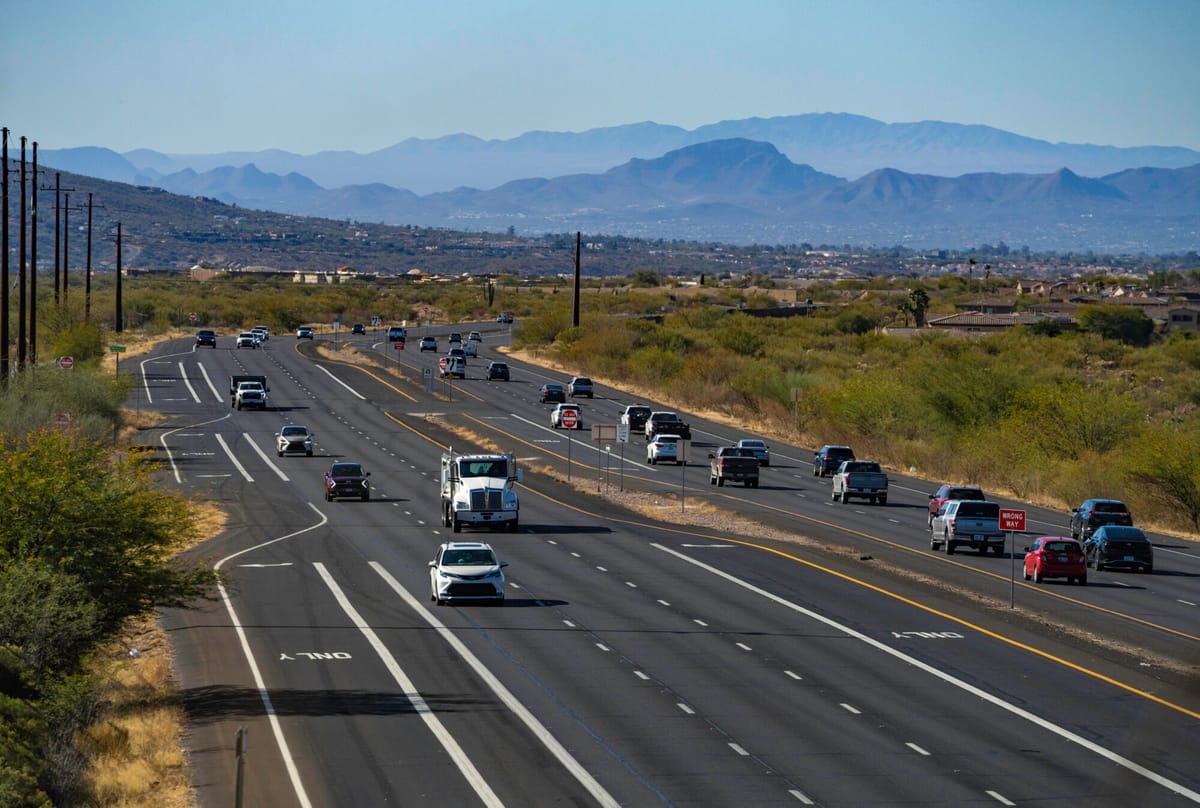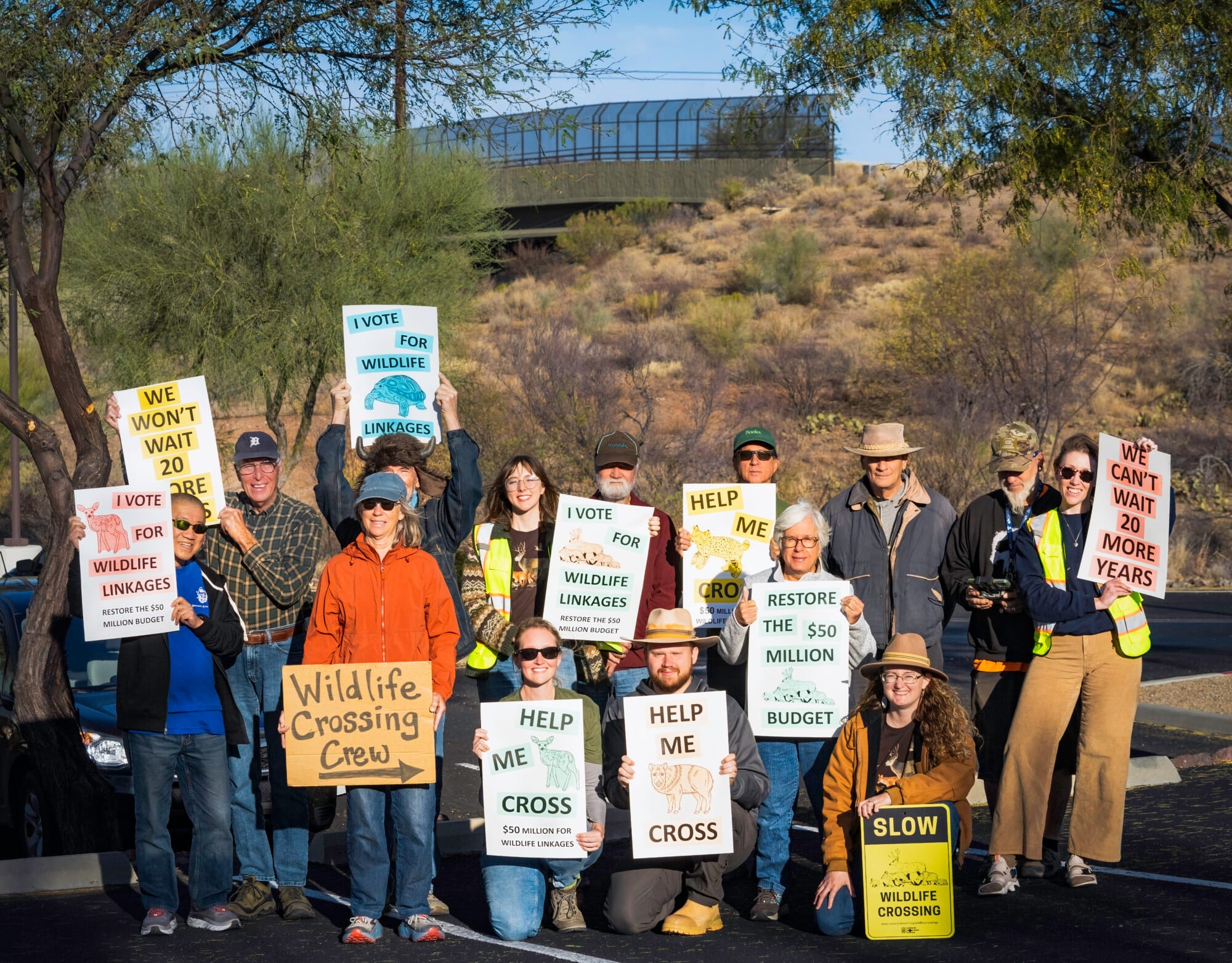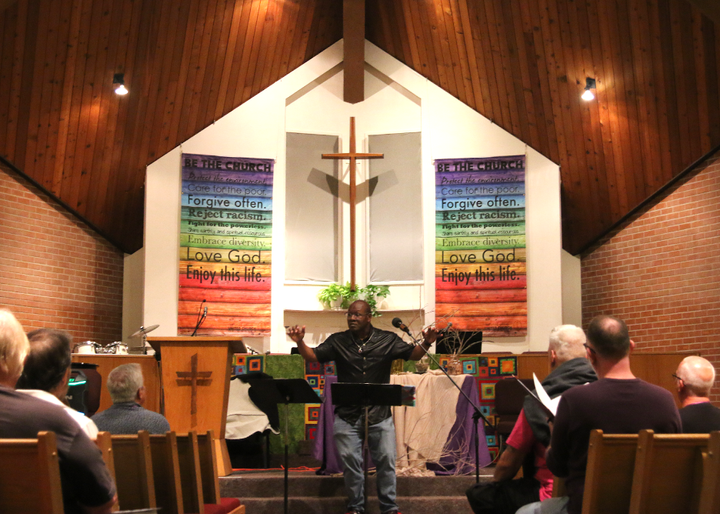RTA budget cut sparks wildlife safety concerns
Conservationists are pushing back against the Regional Transportation Authority's decision to halve its environmental budget, warning it threatens wildlife and driver safety across Southern Arizona.

A decision by the Regional Transportation Authority to cut its environmental budget in half in its proposed $2.46 billion RTA Next Plan is drawing criticism from conservationists, who warn the move could endanger biodiversity and driver safety in Southern Arizona.
Wildlife is a key feature of Pima County, particularly in unincorporated areas like Avra Valley, Vail and Picture Rocks. But even in rural areas, animals aren’t free from human-caused danger.
In 2013, the only female mountain lion in the Tucson Mountain area was struck and killed by a car on Picture Rocks Road, and four black bears have been killed in car crashes on Interstate 10 near Vail in recent years, according to the coalition.
Wildlife fatalities like these have fueled the construction of crossings that allow animals to move freely and avoid vehicles. Southern Arizona’s first linkage was built on Oracle Road in Oro Valley in 2016 for $9.5 million. A second wildlife linkage, an underpass at Tangerine Road, was completed in 2018.
Construction of a third project, the Santa Cruz River Wildlife Ramp, is expected to be completed in June and will provide safe passage for wildlife between Twin Peaks Road and West Avra Valley Road, adjacent to the El Rio Preserve and an abandoned underpass at Interstate 10. The project cost an estimated $3.5 million, according to the Arizona Luminaria.
The Coalition for Sonoran Desert Protection has worked with the RTA board for the past five years to develop the RTA Next Plan’s environmental budget, which is dedicated to funding the construction of wildlife crossings.
RTA Next is a 20-year, $2.46 billion draft plan for transportation projects in the region. It is overseen by the RTA board, which includes representatives from all local jurisdictions and tribes, as well as the Arizona State Transportation Board.

While original discussions about the environmental budget in the RTA Next Plan had it set at $50 million, the RTA board shared a draft in September that showed the amount had been reduced to $25 million, according to Kate Hotten, the Coalition for Sonoran Desert Protection’s co-executive director.
The board made the decision to reduce the budget without informing the coalition, despite the group’s collaboration with the RTA dating back to 2018, Hotten said.
“We simply want to see the budget go back to $50 million,” Hotten told Tucson Spotlight. “The most voter-friendly aspect of this funding is that it’s also to protect people. There was someone who hit a mountain lion and totaled their car, which is terrifying, so it’s not just about the wildlife.”
The $25 million is significantly less than the $45 million environmental budget included in the RTA plan approved by voters in 2006 and is one of the lowest amounts budgeted for any of the RTA Next draft plan’s projects.
Hotten said she's heard from dozens of people who said they responded to the online survey or attended an open house to express their support of wildlife linkages.
And while the Santa Cruz River Wildlife Ramp in Avra Valley is an important step, Hotten said there is a critical need for additional crossings in the region that won’t be possible with the current $25 million allocation.
“What it means is that we delay building crossings for another 20 years, and our landscape can’t wait that long,” she said. “We already have animals unable to move in between I-10 in areas like the Tortolita Mountains and Tucson Mountain areas.”
Bighorn sheep have long had issues navigating I-10 to move between the Catalina Mountains and the Tucson Mountains. Hotten warned that waiting to address issues like these could have serious long-term consequences.
“If we don’t give animals room to roam, then there could be problems with mating and biodiversity. We don’t totally know how bad it could get, but we do expect it to get worse,” Hotten said. “That's really what we are going to see happen, where we are limiting the populations of animals more and more.”
Hotten pointed to a January conference she attended in California where attendees from across the United States were still talking about the taxpayer-funded Oro Valley wildlife linkage, which is nearly a decade old.
“Pima County was one of the first places to do this stuff. (Now,) there are more linkages being built closer to Flagstaff and near the Hoover Dam,” Hotten said. “We have something to be really proud of here, and we are at risk of losing all of this momentum.”
Colton Allder is a journalism major at the University of Arizona and Tucson Spotlight intern. Contact him at callder1995@arizona.edu.
Tucson Spotlight is a community-based newsroom that provides paid opportunities for students and rising journalists in Southern Arizona. Please support our work with a paid subscription.




